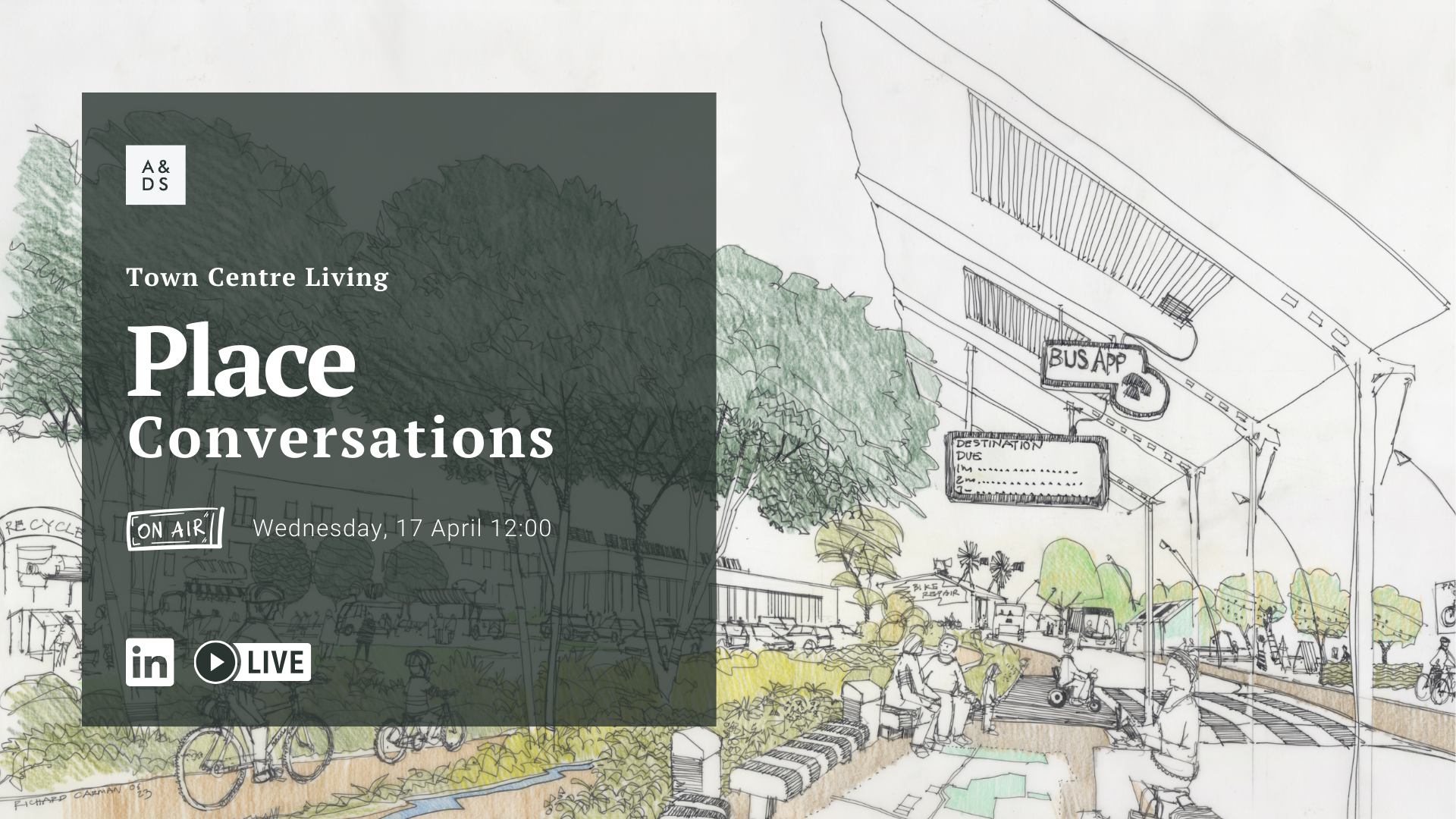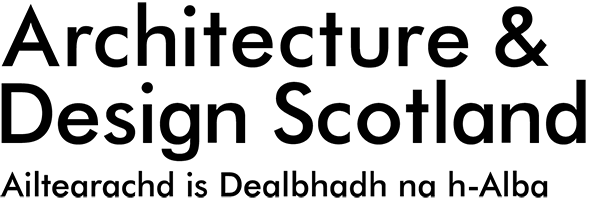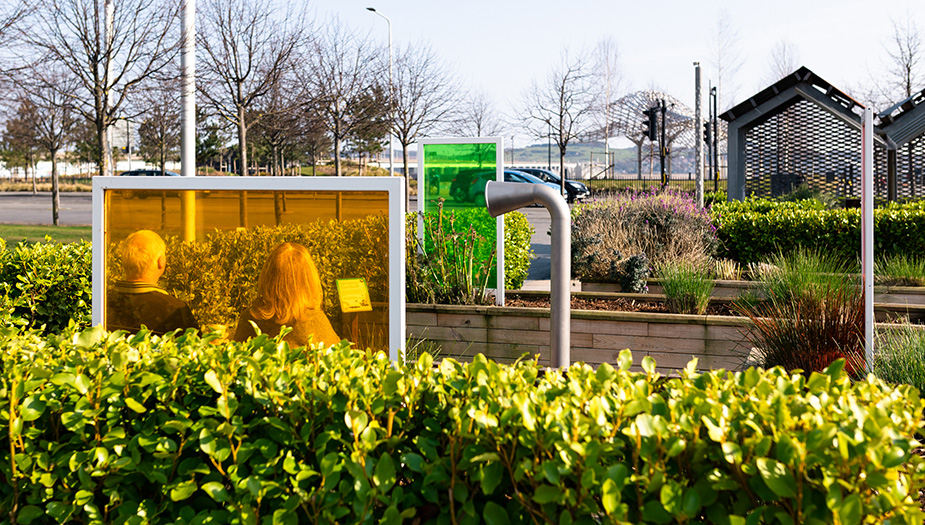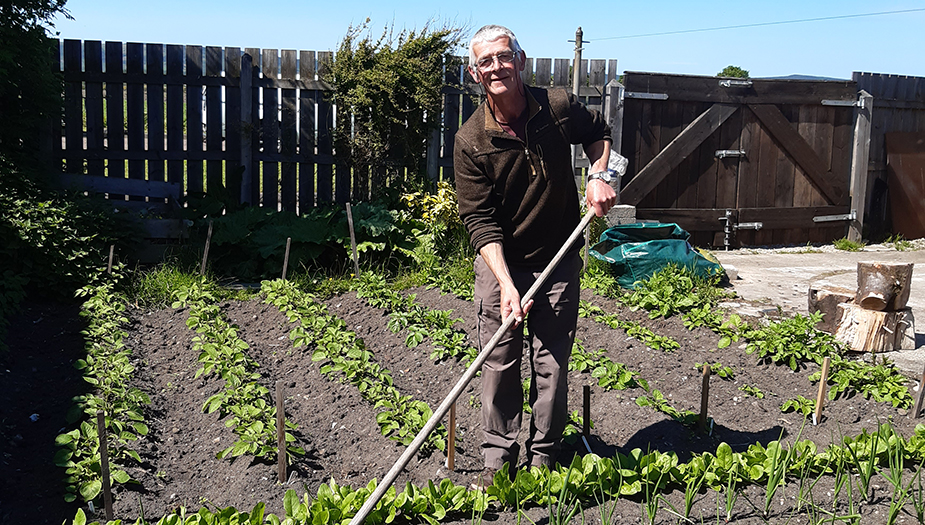
Taking climate action in your place
Check out our new resources and toolkit based on our three-year project Climate Action Towns. The resources have been launched to help communities and organisations across Scotland to take place-based climate action. Explore now to see how you can take climate action in your place.
Making better places for everyone
At Architecture and Design Scotland (A&DS) we believe that design has the power to bring people together and make better places for everyone. This belief comes from seeing first-hand how design can help resolve complex, and sometimes, conflicting issues. Design has a unique and vital role to play in transforming places and changing lives. We are here to make sure it plays that role to the full.
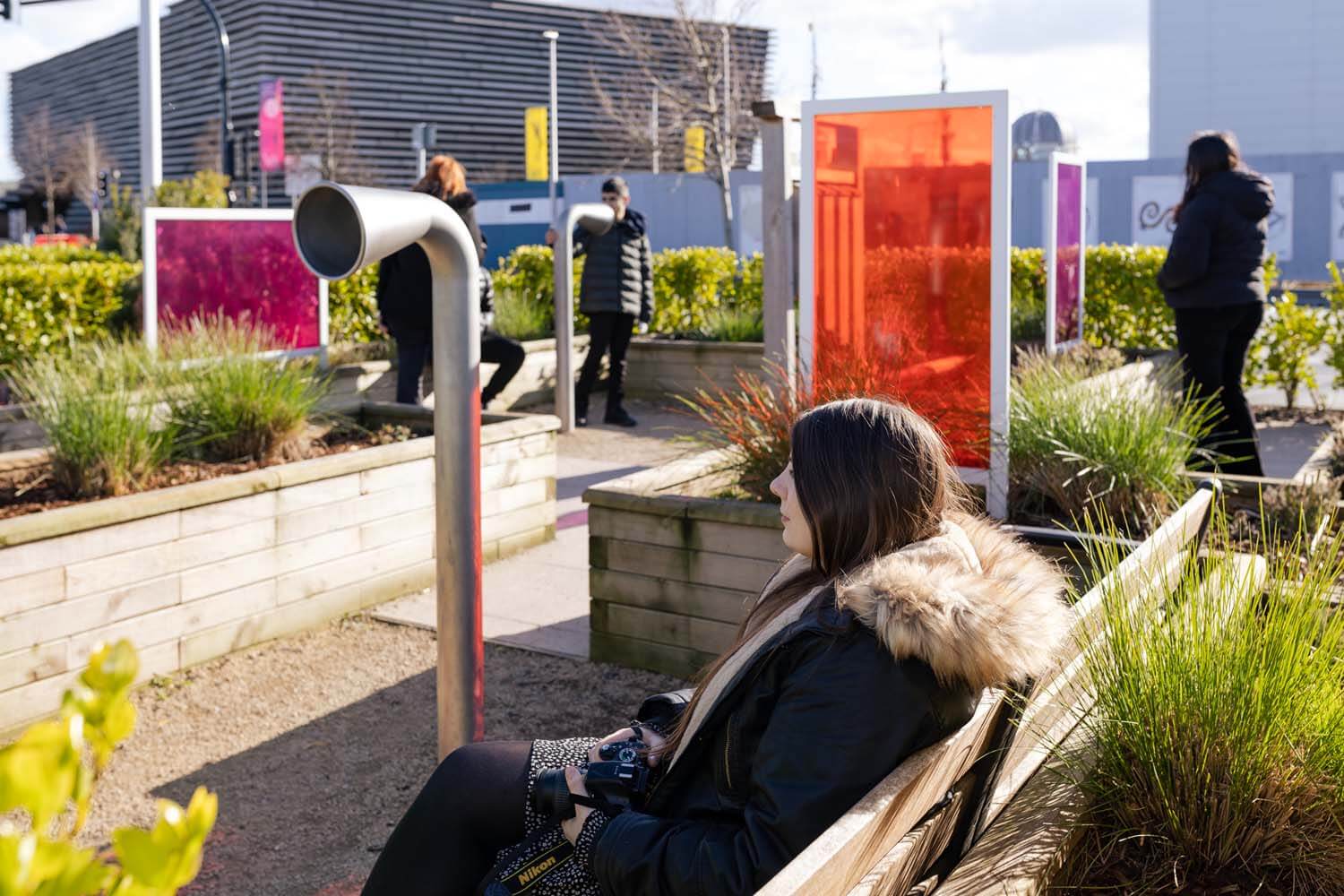
Why is place so important?
The relationship we have with the places we use and experience has a profound impact on our behaviour, our environment, and even our life chances. Knowing that, we work to ensure our places are designed from the very outset to enhance lives and strengthen communities. We call this the Place Principle.
Image credit: Miss Lydia Photography
Making the Place Principle an everyday reality
Experience tells us that a place is far better when the people who live, work and play there come together to help shape it. From sustainability and transport, to amenities and accessibility, the Place Principle encourages us all to think about all the things our communities need from the very beginning. Our corporate strategy sets out the way in which we can create, adapt and sustain our places, and establish the Place Principle as the ‘new normal’ throughout Scotland.
Main image credit: Miss Lydia Photography (2022)
News, blogs & events

A&DS and RIAS Scottish Student Awards for Architecture 2024
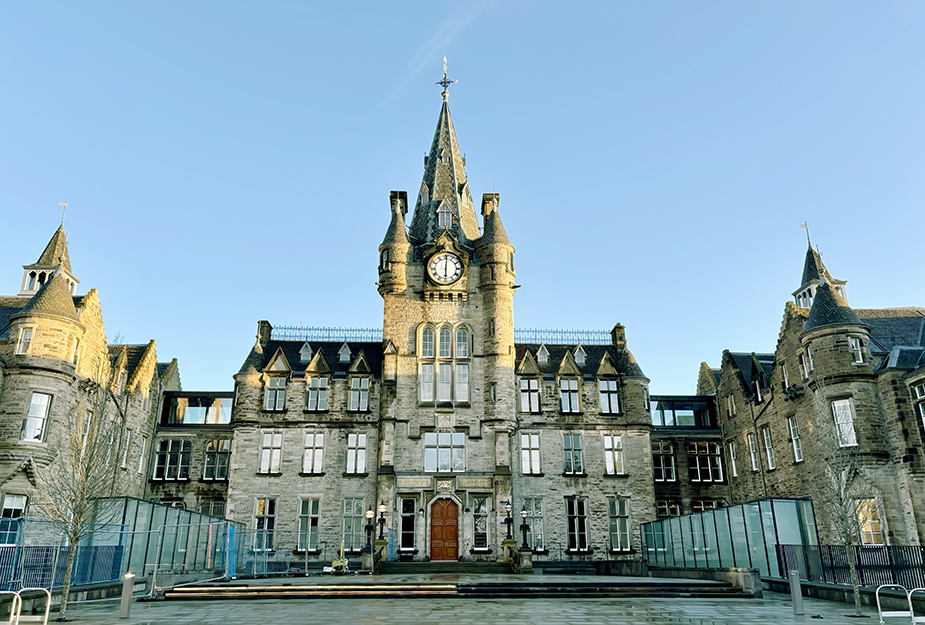
A new home for Architecture and Design Scotland
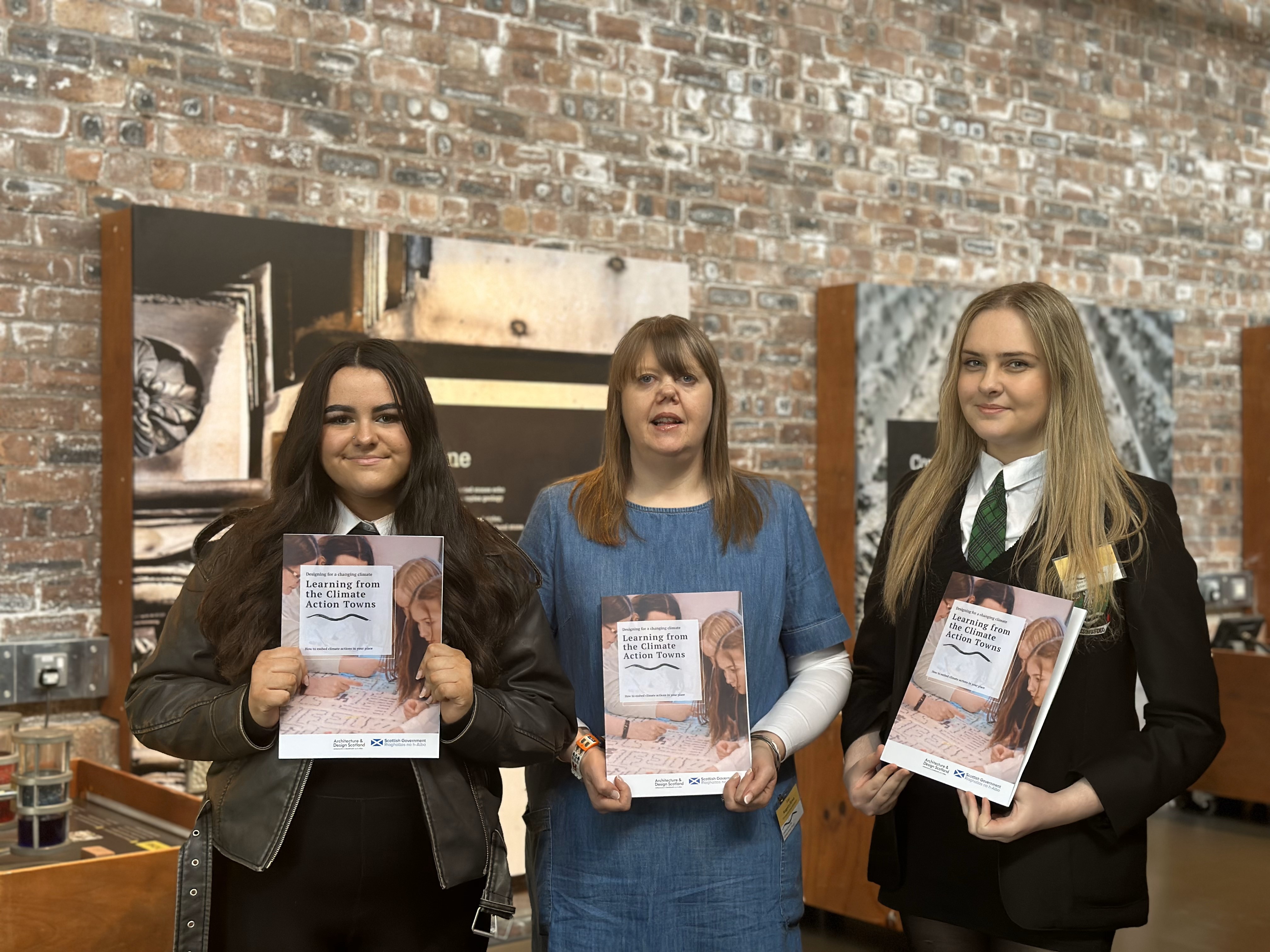
Learning from the Climate Action Towns at the Gathering event and resource launch
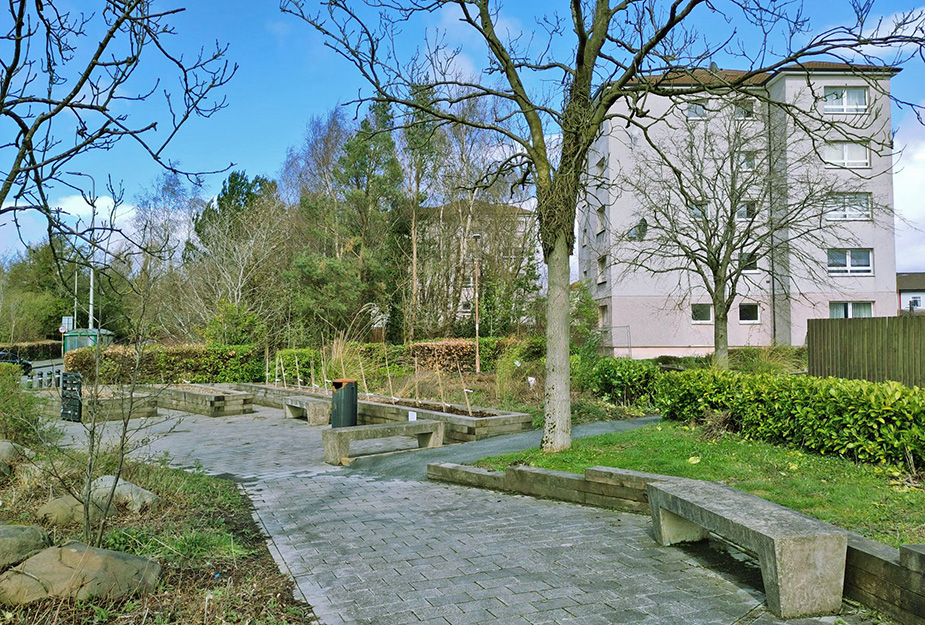
The Recap: a weekly update from Architecture and Design Scotland
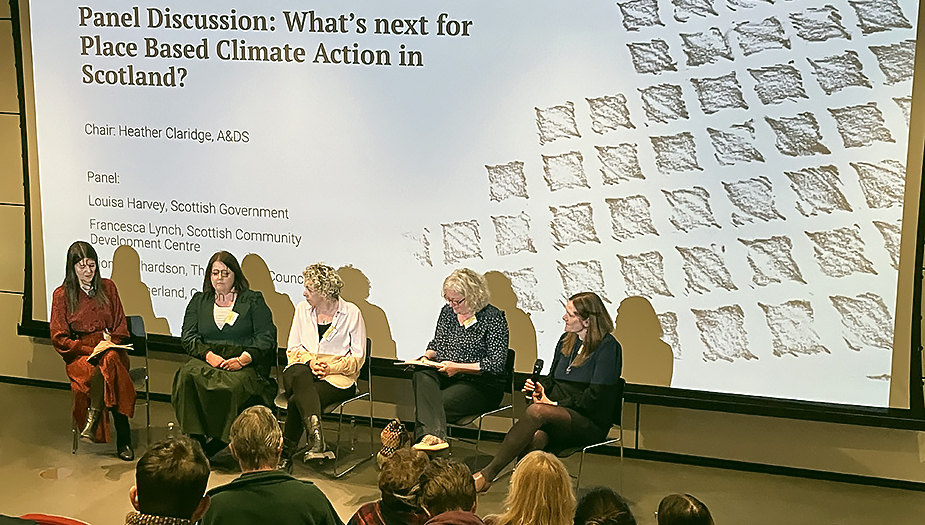
The Recap: a weekly update from Architecture and Design Scotland
